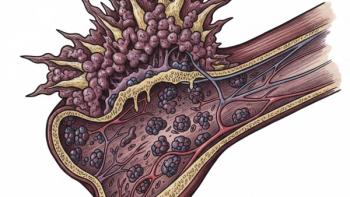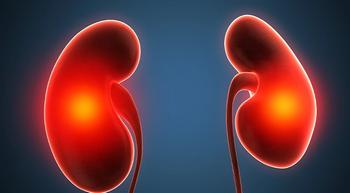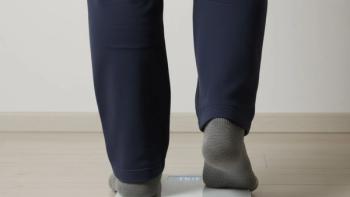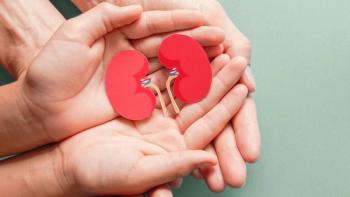
Finding Comfort in Teddy Bears Throughout My Experience With CLL
Key Takeaways
- Teddy bears facilitate emotional expression in patients, acting as conduits for revealing true feelings and aiding communication with healthcare providers.
- Encouraging patients to embrace silence can renew their spirits, offering a powerful therapeutic act for those who can engage in it.
As a patient with CLL, I’ve found comfort in teddy bears — first as a chaplain offering solace, now as a patient embracing their quiet presence myself.
Talking to a teddy bear can be therapeutic and revelatory. Sometimes, I would talk to the teddy bear, and the patient would respond. They might reveal things through the teddy bear that they wouldn’t tell their doctor.
With some patients, I was able to learn significant information about them, which was helpful to their doctor and attending nurses. It was as if the teddy bear was a conduit through which they could reveal their true feelings when they didn’t have the courage to tell their doctor or nurse the reality of their issues. I always found this very interesting. It was as if the teddy bear took us back to our childhood, when we told the teddy bear all our secrets.
I encouraged some cancer patients to listen to the silence within themselves, allowing it to renew their spirits and transform their minds and hearts. I have found this to be a deeply powerful act and to be most helpful for those patients who were able to do so.
I also had the bittersweet opportunity to offer my support and pray with some patients who made the difficult decision to end their cancer treatments. In talking with them, they revealed that they had made peace within themselves about their lives coming to an end. They preferred to die on their own terms and wanted to spend the time they had remaining at home with their families and friends. I stood with them during that difficult process.
It has taken many years for the teddy bear to be accepted as a therapeutic tool, but today it’s quite common, and adults who carry them are not looked down upon as weird or crazy.
That stigma lasted a long time, and it was teddy bear collectors who helped to change the attitudes in our society. Today, many police, firefighters, doctors, nurses, therapists, paramedics, hospice care workers, grief counselors, psychologists, psychiatrists, priests, ministers, school counselors, social workers, first responders, and emergency medical technicians use teddy bears in crisis situations. It has become a common occurrence. But that wasn’t always the case. Organizations were founded to help to bring credibility to the teddy bear and to elevate its status. One such organization is Good Bears of the World.
This organization, based in Toledo, Ohio, was founded on the premise and ideal of “easing loneliness and inspiring love and compassion.” They believe that “teddy bears can and do make a difference” in the lives of people around the world. So, they give away teddy bears to children and others who would benefit from having them.
So, how do teddy bears specifically help patients on their cancer journey? I can speak from firsthand experience, both as a former chaplain and now as a cancer patient dealing with diabetes and chronic lymphocytic leukemia.
I received my first teddy bear when I was six years old. I named him Timmy, after the young boy who appeared in the 1950s television show, “Lassie.” As an only child, I identified with Timmy’s character, and my teddy bear became my best friend because I spent a lot of time playing alone. Reflecting back on that time in psychological terms, the teddy bear was an object of solace for me. Now my roles are reversed from chaplain to patient. No longer am I comforting other patients. I am one!
As a hospital chaplain, I not only gave teddy bears to patients, but I actually made them. I found the process of hand sewing a bear to be therapeutic. It calmed me and took my mind off medical concerns. It was as if I entered into a state of contemplation or meditation whereby I could let go of negative thoughts, judgments, and fears. I became calm. Sewing by hand is a great stress reducer, but seeing the finished product and using it is even better! That brings joy to my heart and soul. It’s almost like watching a teddy bear come to life, which is something I discuss in my children’s book, Run Away Bear.
As a hospital chaplain, sometimes I handmade a teddy bear for a specific patient if I thought it would help calm their anxiety. In other cases, I may have given a teddy bear to a patient to be a support for them.
Earlier, I asked how teddy bears can specifically help cancer patients, and I shared my own personal experience. In a later article, I will share the answers I’ve gleaned from the experience I had while working as a chaplain in both hospital settings and with patients who had many types of cancer, such as bladder, prostate, breast, chronic lymphocytic leukemia, lung, kidney, multiple myeloma, myelofibrosis, as well as endometrial cancer.
For more news on cancer updates, research and education, don’t forget to





